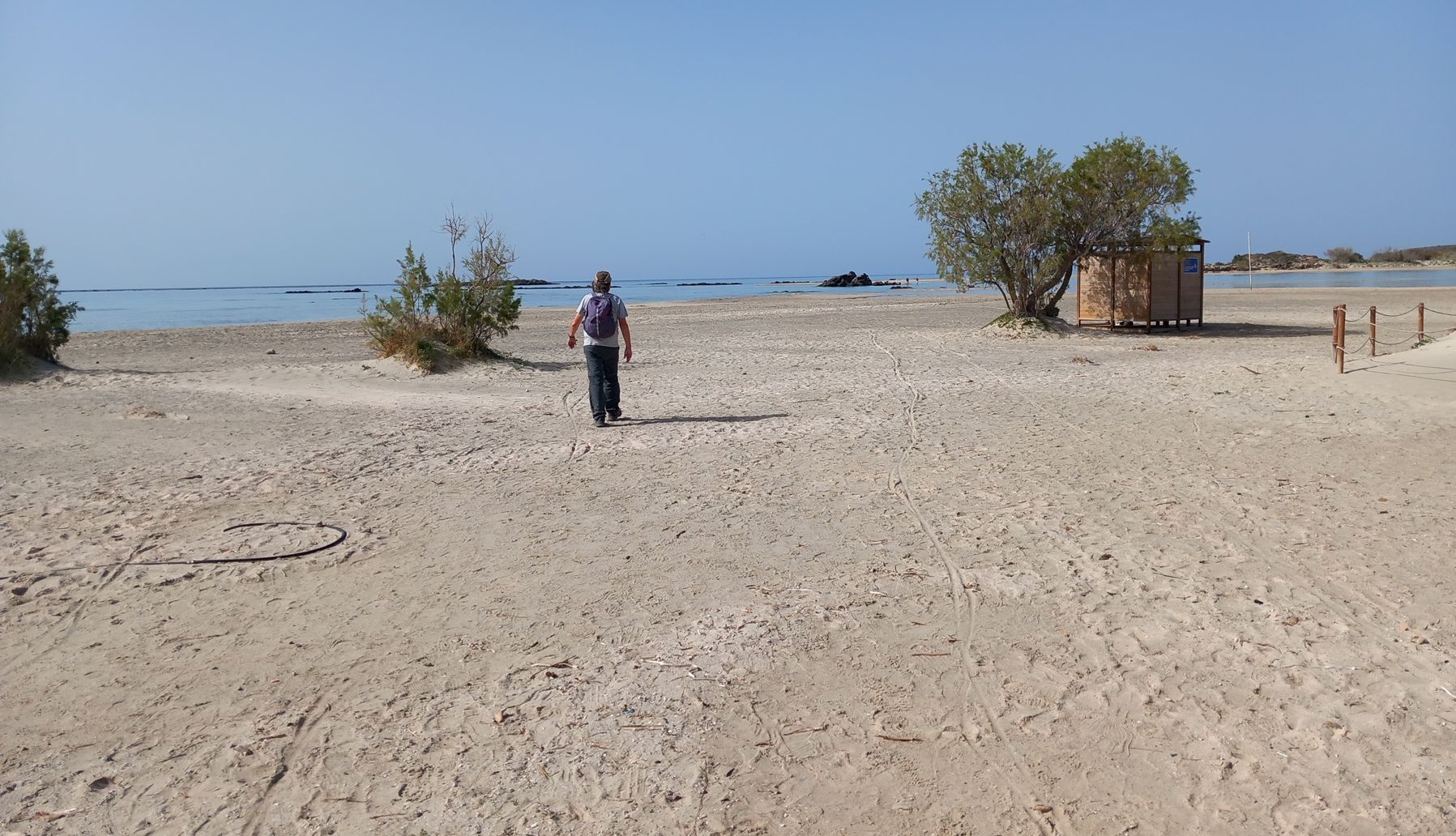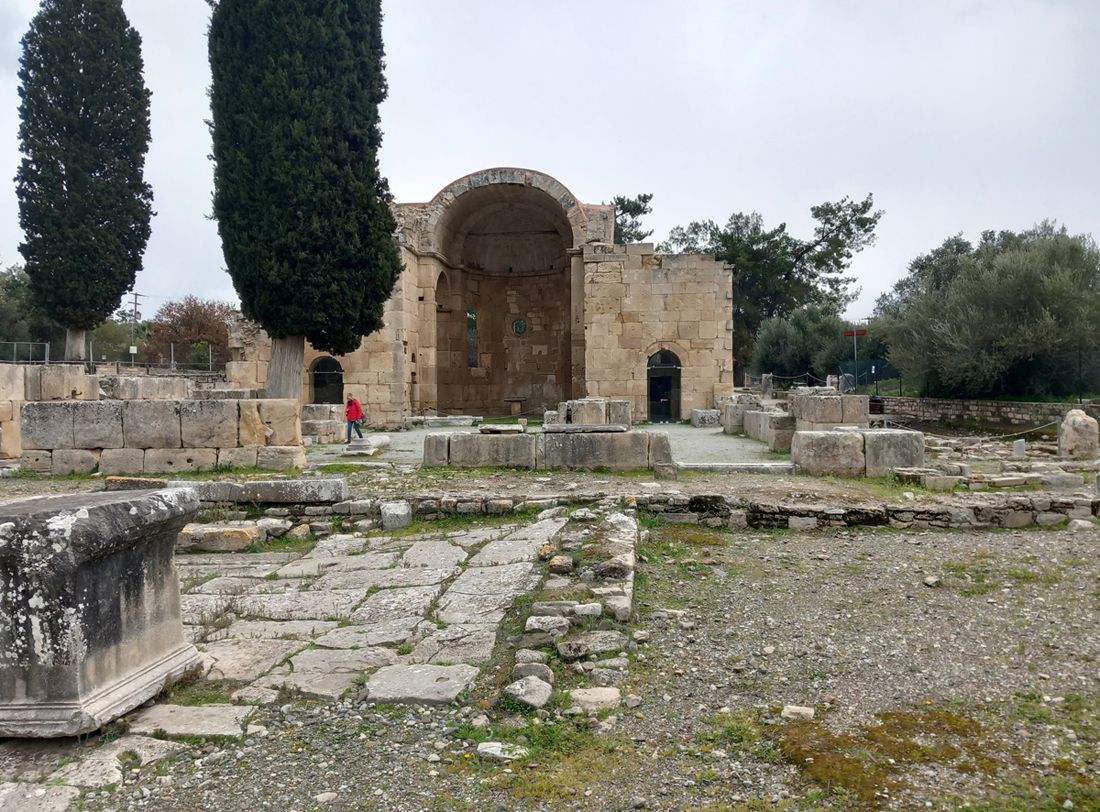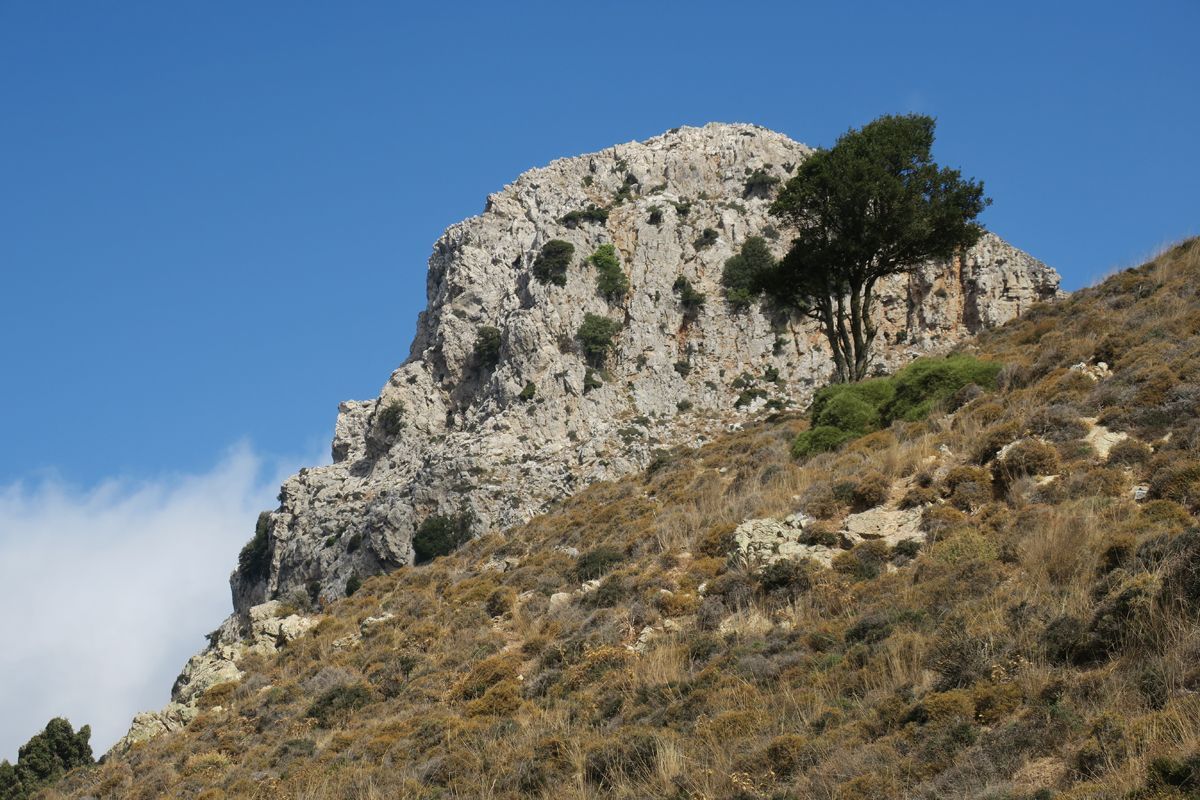16. Februar 2024
Archaische Gesetze und zehn heilige Männer
Gortys, zur Römerzeit die Hauptstadt Kretas, hat eine ganz besondere Atmosphäre
Archaic laws and ten holy men
Gortys, the capital of Crete in Roman times, has a very special atmosphere
Crete not only has Knossos, Festos and the many other famous archaeological sites from Minoan times to offer, but also impressive evidence of almost every historical period since then. Let's take a quick look at Gortys (also Gortyn) in the Messará plain, not far from Agioi Deka, the village of the ten saints.
Settled since the Neolithic period, Gortys experienced its heyday as the capital of the Roman province of Crete. Even before that, it was one of the most important cities on the island. Its population is estimated at more than 40,000, perhaps even much more. And: the legendary King Minos, son of the god Zeus and the Phoenician princess Europa, is said to have been conceived here. Allegedly under a plane tree that still stands today.
Let's come back to the present. Only a small part of the ancient city is an official archaeological site today - with fencing, ticket booth, information material and everything that goes with it. You can only see an agora, i.e. the market square, an early Christian church and a Roman odeon, i.e. a music theater. And there is something very special to be found: the "Great Inscription", probably the oldest code of law in Europe. The more than 40 stone blocks with engraved text in Doric dialect date from the end of the 6th or beginning of the 5th century BC and were later set into a wall of their odeon by the Romans.
First Christian church
The entire chancel of the church from the 6th century AD, the Basilica of Titus, is very well preserved, otherwise only the foundation walls remain. Titus, a disciple of the apostle Paul, is said to have built the first Christian church in Crete on this very site. Titus, the patron saint of Crete, was probably also the island's first bishop. He died around the year 105, in Gortyn.
In 824 or 828, the Arabs, who had been driven out of Spain, conquered the city. The sources are not very clear about the destruction, but Gortyn does not appear to have been inhabited after this.
Today, what remains of the former metropolis is a romantic, beautiful place. Not only because of the old buildings and the stories they tell, but also because of the lush vegetation in the surrounding area. Everything together creates a unique atmosphere. Especially when, like now in winter, there are hardly any visitors.
Old stones for new houses
The official excavation site is located north of the road from Pirgos to Moires. A large part of the old town was located south of it. There are also a few remains of it, but they are often overgrown, fenced in and not easy to find. And much of it has been used over the centuries as building material for houses in Agioi Deka.
Oh yes, the ten saints or the holy ten. These were ten Christian Cretans who were executed by the Romans in the year 250 because of their faith. A small church now stands on the spot where it probably happened.
But let's not forget the Minoans. Twelve kilometers from Gortys is Festos, one of their magnificent palaces. It's actually a must-see for visitors to Crete and one of my favorite places. I hope I manage to visit it again this spring.









